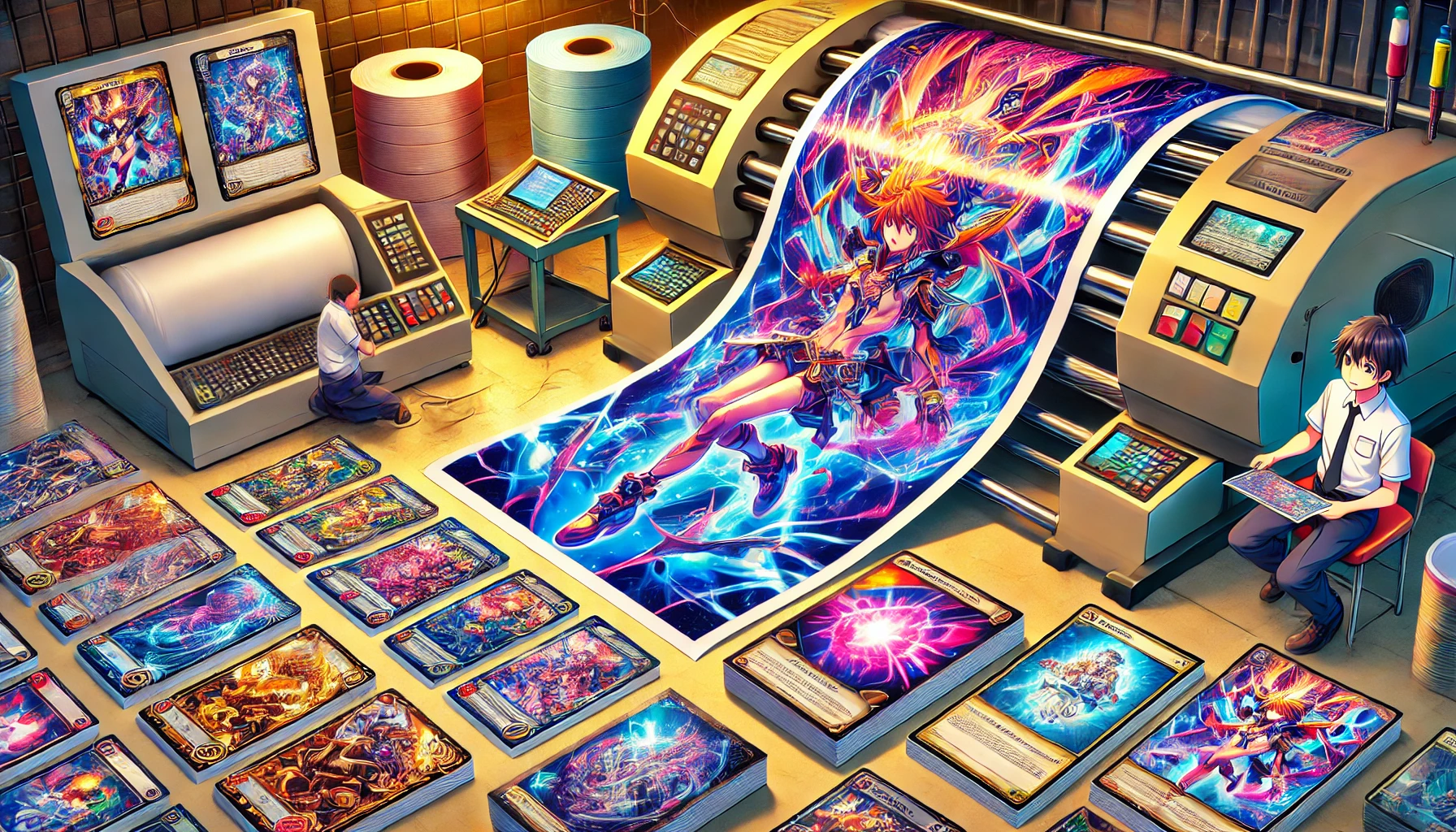Printing personalized card games is a trend that is winning over gamers and design enthusiasts. Whether it's to create a unique game or replace damaged cards, the choice of paper is crucial to ensure durability, quality and a good gaming experience. In this article, we'll explore the best types of paper for printing card games, their characteristics and how to choose the ideal one for your needs.
Quality Matters: Choosing the Right Paper for Card-Games
The choice of paper for printing card-games is not just aesthetic; it affects durability, handling and even playability. Using the wrong paper can result in fragile cards, with low print resolution and no resistance to continuous use.
Couché Paper: The Most Popular Option
O coated paper is widely used for printing card games, due to its smooth surface and excellent ink-holding capacity. It is available in different weights, the most suitable for cards being 250g/m² to 350g/m²ensuring rigidity and resistance.
- Advantages:
- Glossy or matt surface, ideal for different design styles.
- Vivid colors and sharp details after printing.
- Tear resistance at higher weights.
- Disadvantages:
- It can be too slippery, making it difficult to shuffle.
- Requires lamination for greater durability against moisture.
Supreme Paper: Strength and Versatility
O supreme roleor supreme card, combines a high-quality base with a matte or textured finish. It is ideal for those looking for robust cards with a professional touch.
- Features:
- Available in weights ranging from 300g/m² and 400g/m².
- Dent-resistant, perfect for games with intense use.
- Slightly rough texture, which makes the cards easier to handle.
- Tip: This paper is excellent for projects that include manual personalization, such as writing or gluing.
Offset Paper: A Wildcard for Home Projects
If your goal is to print card games at home, the offset paper is an economical and efficient solution. It has good ink absorption and is widely compatible with home printers.
- Pros:
- Available in lighter weights (180g/m² to 240g/m²), suitable for prototypes.
- Versatility for different types of printers.
- Neutral finish, can be laminated afterwards.
- Cons:
- It is not as resistant as the previous ones, requiring lamination for greater durability.

Laminates and Flooring: Details that Make the Difference
Regardless of the type of paper chosen, the use of coatings such as lamination or UV varnish can transform the final quality of the cards. These finishes add resistance and a premium look to card-game cards.
Matte vs. glossy lamination
Matte lamination is ideal for avoiding light reflections, providing an elegant look and a soft touch. Glossy, on the other hand, brings out the colors and is excellent for vibrant designs. Both protect against scratches and moisture.
UV varnish
UV varnish applied to specific details, such as titles or illustrations, creates an interesting visual effect, adding depth and prominence to the cards.
Extra Tips for Successful Printing
- Test Before Mass ProductionPrint a few letters to check the quality of the paper, the sharpness of the print and the handling.
- Consider Protective CoversEven the toughest paper can wear out; use sleeves to extend the life of your cards.
- Choose high-quality printersProfessional laser or offset printers guarantee better results.
Conclusion
Choosing the best paper for printing card games is an essential step in guaranteeing durability and beauty in the final product. Coated paper, supreme paper and offset paper are all excellent options, each with their own particularities. Complementing with lamination or UV varnish increases the quality and extends the life of the cards, making the gaming experience even more special. Experiment with different combinations to find the one that best suits your project!